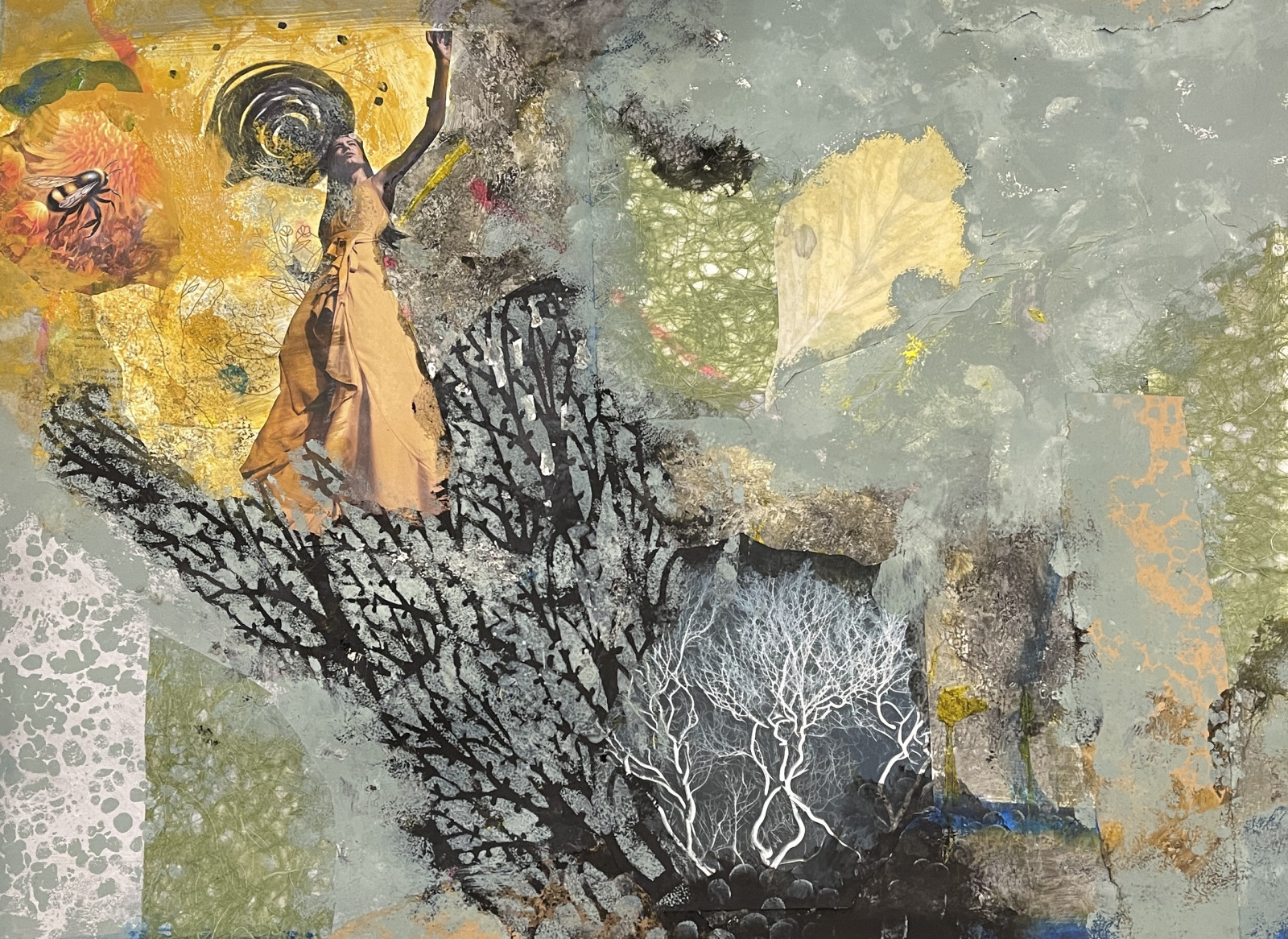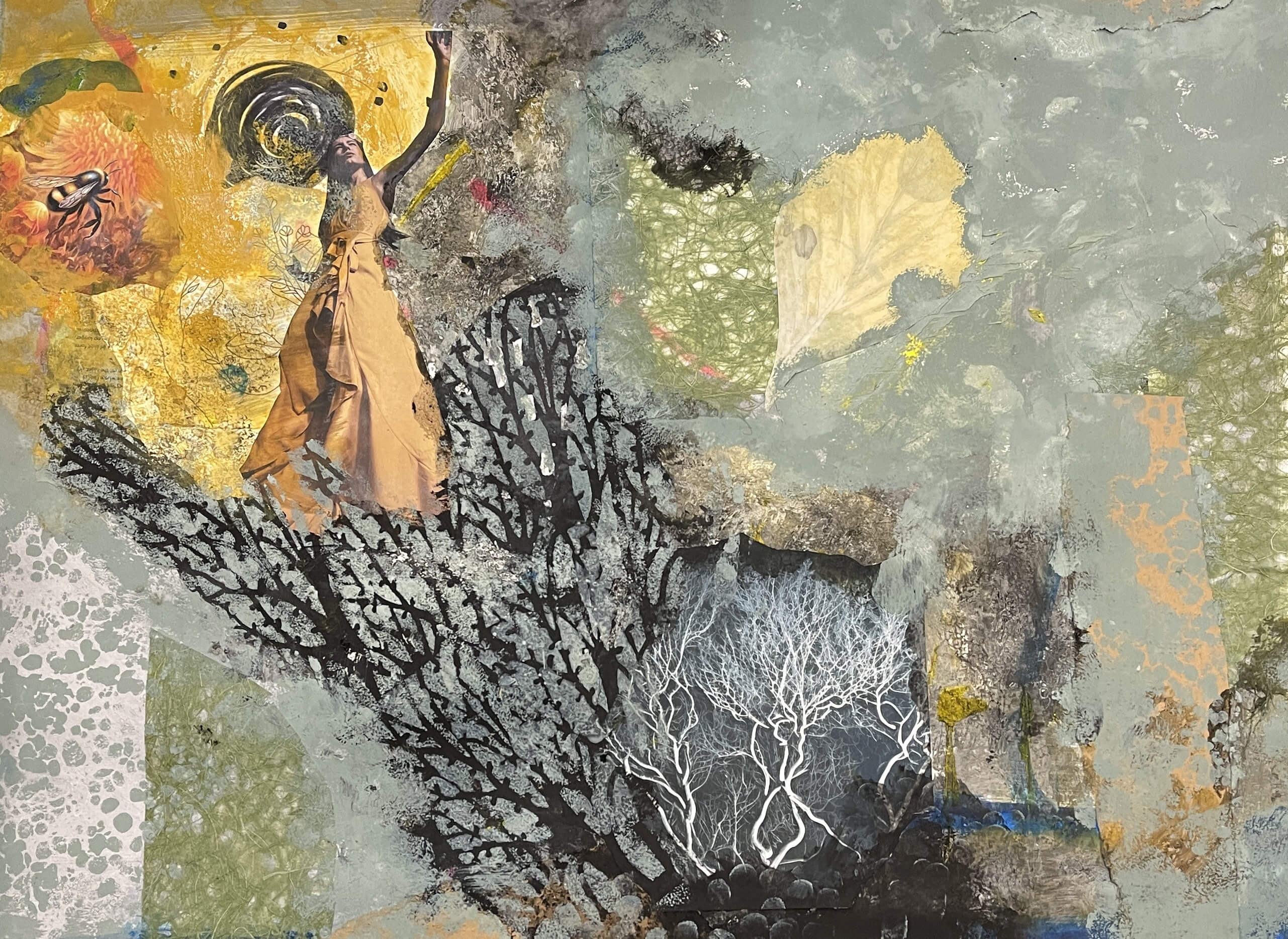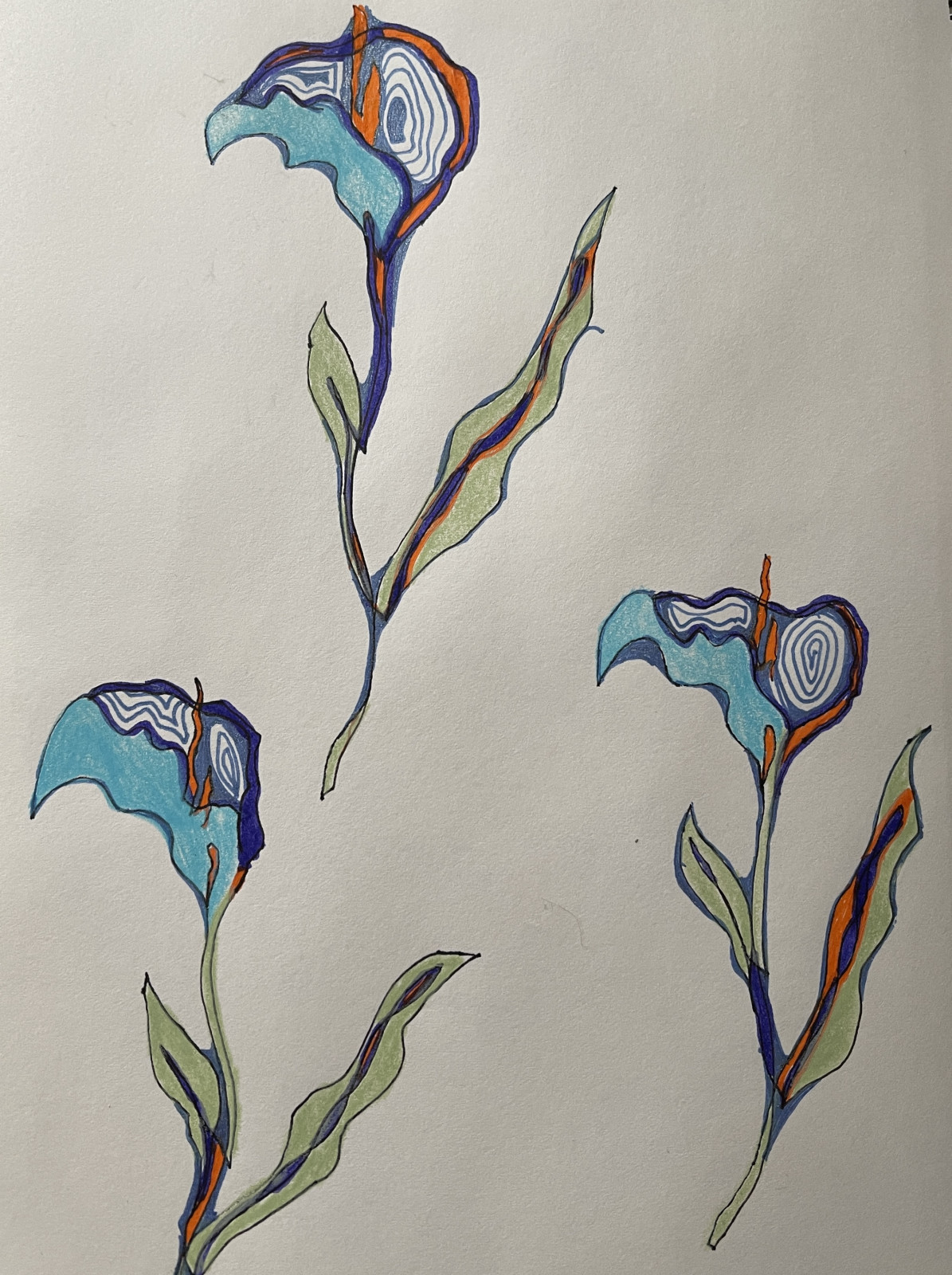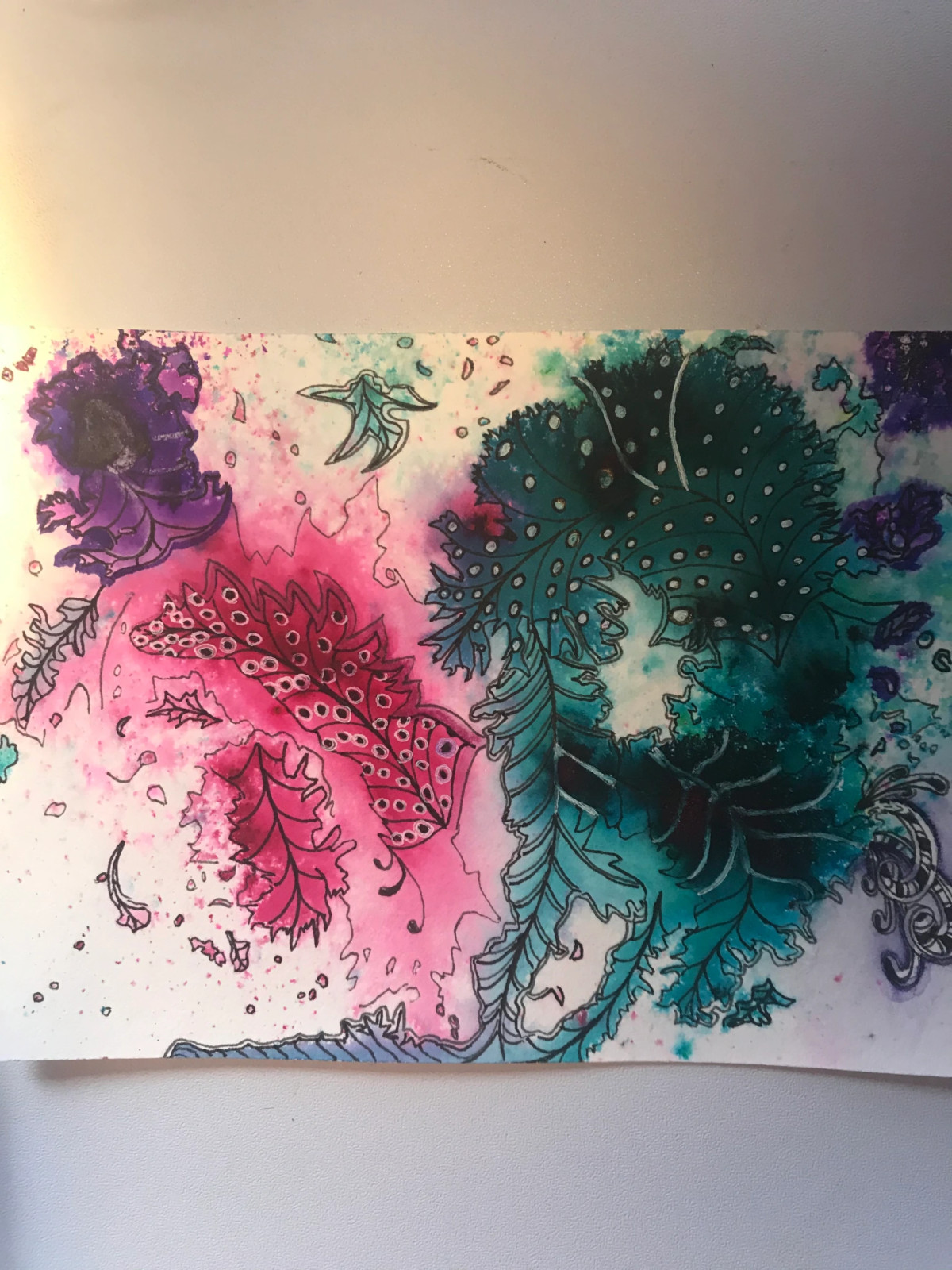
Abstract art is characterized by its departure from reality in the depiction of imagery, often using shapes, colors, forms, and gestural marks to achieve its effect. Unlike representational art, which depicts recognizable subjects, abstract art emphasizes elements that are conceptual or emotional rather than mimetic.
Here are a few key aspects that define abstract art:
1. **Focus on Visual Elements:** Abstract art highlights the fundamental elements like line, shape, color, and texture. Artists may experiment with various combinations of these to evoke a particular mood or feeling.
2. **Emphasis on Concept:** Often, abstract art prioritizes ideas over realistic portrayal. Artists use abstraction to explore concepts like emotion, spirituality, and the subconscious.
3. **Freedom of Expression:** Abstract art allows artists to express their individual perspectives and feelings without the constraints of realistic representation. This often results in unique and diverse interpretations of reality.
4. **Viewer Interpretation:** Because abstract art isn't tied to concrete forms, it invites viewers to interpret the work in their own way, potentially seeing different messages or emotions based on personal experiences.
5. **Innovation and Experimentation:** Abstract art often includes new techniques and media, pushing the boundaries of what defines "art." This can lead to groundbreaking contributions to the art world.
Whether you're new to abstract art or an avid admirer, its essence lies in exploring beyond the visible to capture the intangible through a creative lens.













0 Comments